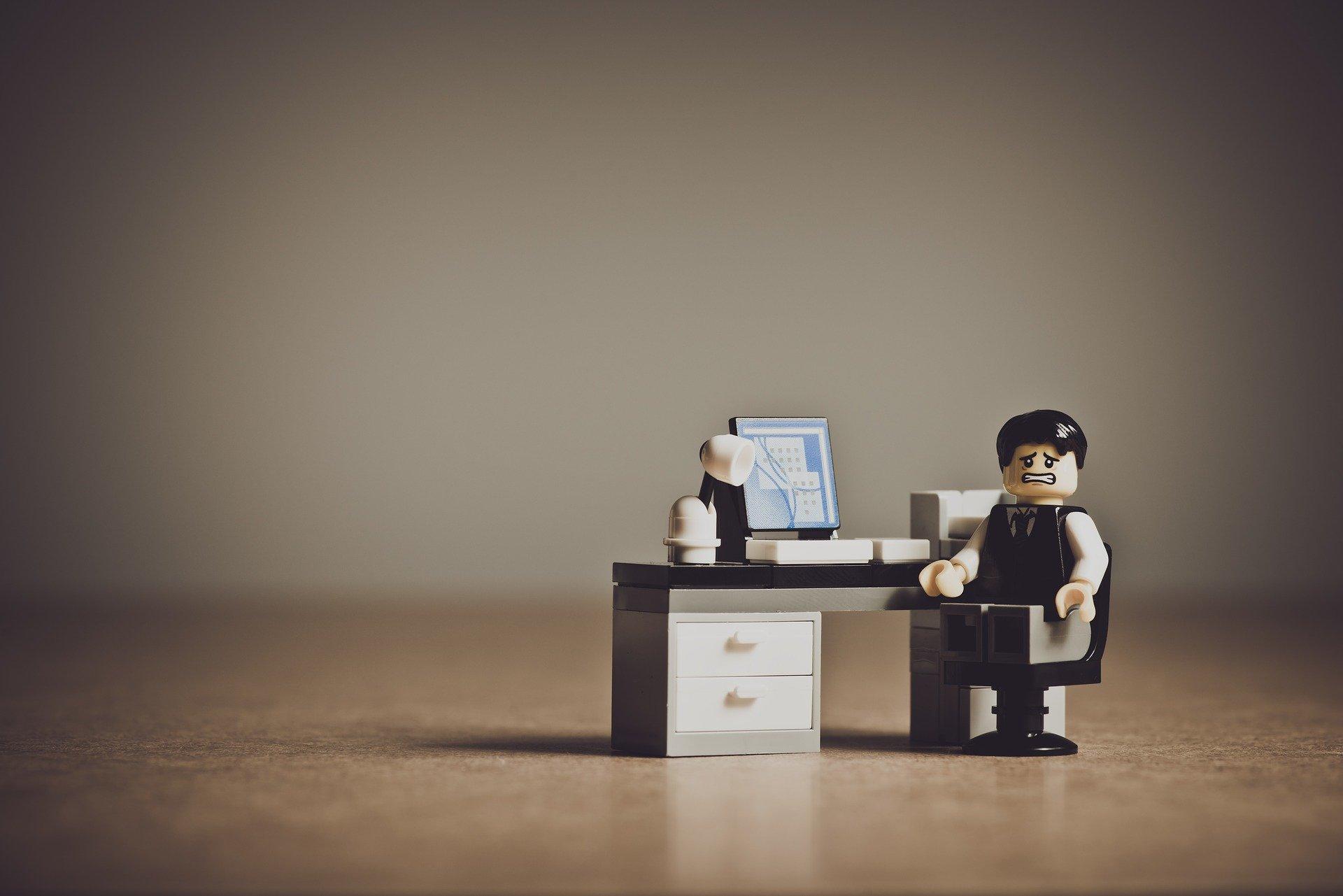The workplace is a relatively safe place, and while some workplaces such as construction sites, industrial facilities, agricultural facilities, and medical facilities may have more risks than your average work environment, it is still your employer’s responsibility to make sure that everyone in the premises is amply safe and protected from harm or injury. Even a simple thing such as a puddle of water on the floor can wreak havoc and have dire consequences on someone walking by, and your employer is under obligation to keep your work environment as safe and secure as possible. But really, how safe should your workplace be? Here’s a guide to safety in the UK workplace: what you should know.

General safety guidelines for employers
- The buildings should be in good condition; if there is any repair required, your employer should have it done especially if it endangers the safety of everyone.
- Any equipment or tools you work with should also work efficiently. Your employer is obliged to make sure that equipment and tools are regularly checked and maintained.
- Your employer should also take specific steps to prevent materials or individuals from falling from an open edge (such as guard rails or fencing).
- Your workplace should be spacious enough for people to move around comfortably.
- The floors, stairs, and corridors of your workplace should be free from obstructions such as cables, power lines, etc.
- If there are any wet procedures or processes in your workplace, there should be proper drainage.
- Outdoor pathways and routes should be safe; risks that are caused by ice or snow should be mitigated (the pathway or route should be swept or salted).
Guidelines for lighting
There are various guidelines for proper lighting as well. Your employer should use good lighting – and try to make use of natural lighting as much as possible to minimise glare. Along with this, work stations should have a good level of light, and your workplace should be equipped with emergency lighting. Corridors and stairs should be well-lit, and outside areas should be properly lit as well.
Comfortable working conditions
Your workplace should be comfortable when it comes to cooling and heating; this is especially crucial for workplaces that undergo cold or hot processes where comfortable temperatures are difficult to maintain. Ideally, workplaces should have a temperature of around 16°C (or 13°C if work is extra strenuous unless it isn’t practical to do so, such as in a kitchen). Additionally, you should have adequate ventilation, which means a good supply of clean and fresh air from a ventilation system or from outside. Your workplace should also have a heating system that doesn’t release harmful or offensive fume levels, and you should have enough space in your work area.
We spend a good amount of time in our workplaces every day, and our comfort and safety are paramount. The machines you operate and the equipment you work with should be safe and undamaged as well. If you ever become injured in the workplace due to improper practices, equipment, and employer negligence, you can be eligible for compensation, as a work injury claim Gloucestershire specialist like Shires Law confirms.
With proper health and safety measures taken by your employer, you can work happily and without worries – but if you are injured in any way, then you should know what steps to take.

 3 world-events that dictate your early retirement
3 world-events that dictate your early retirement